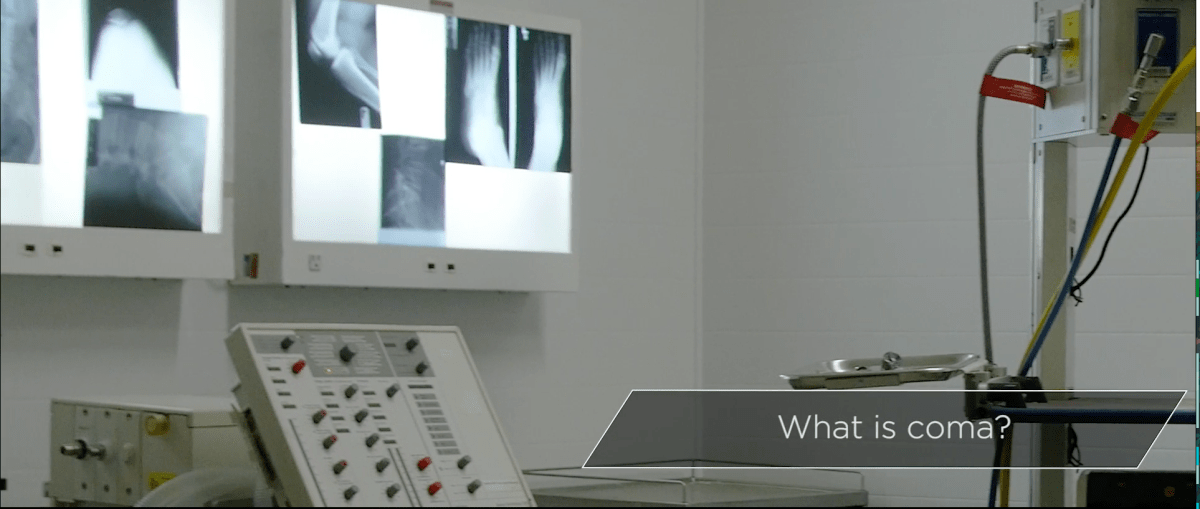Research Reveals How Woodpeckers Avoid Brain Damage
It sounds like a jackhammer in overdrive—the question is, how does a woodpecker prevent brain injury when it pecks at speeds of up to 1,200 pecks per minute? Chinese scientists are now saying that the woodpecker’s brain has the ability to withstand a g-force of up to 1,200 G’s.
Scientists claim this research could be utilized to guide the creation of better anti-shock devices to protect humans. In the tests conducted, computer models showed that the woodpecker avoided brain damage partially because its body supported it as it pecked, and the woodpecker absorbed and stored about 99.7 percent of the energy generated from the impact to its beak. Additionally, the remaining 0.3 percent that entered the brain became greatly dissipated in the form of heat. It caused a rapid temperature increase in the brain, which is why the woodpecker takes short breaks in pecking.
Professor Wu Chengwei, leader of the team, explained that these studies could impact the application and designs of automobiles, spacecrafts and protective gear. Globally, accidents constantly threaten human safety. Head injuries occur commonly in accidents. These challenges presented have scientists searching to minimize the threat. Woodpeckers shine in this research because they peck at frequencies as high as 25 Hz without suffering brain injury.
When the woodpecker pecks at trees, it does so for food. The skull and beak structure for the woodpecker has been made to withstand the impact on the brain. This is good news because if scientists can design vehicles in similar ways, it could reduce the impact of collisions, and they will reduce the number of head injuries that occur due to accidents.
Call Randy Rozek today at 414-374-4444
Sources:
Daily Mail
Voice of America










Request Your Free eBook
Our office has provided information regarding the different types of Wisconsin Personal Injury Accidents that we have experience handling.
Wisconsin Accidents
Wisconsin Personal Injuries
Ready to get started?
Call us at 414-374-4444
Main Office Location
Rozek Law Offices, SC
3970 N Oakland Ave Ste 604
Milwaukee, Wisconsin 53211
Additional Client Meeting Location
Rozek Law Offices - Madison
2810 Crossroads Dr Ste 4046
Madison, Wisconsin 53718
Recent Blog Posts









